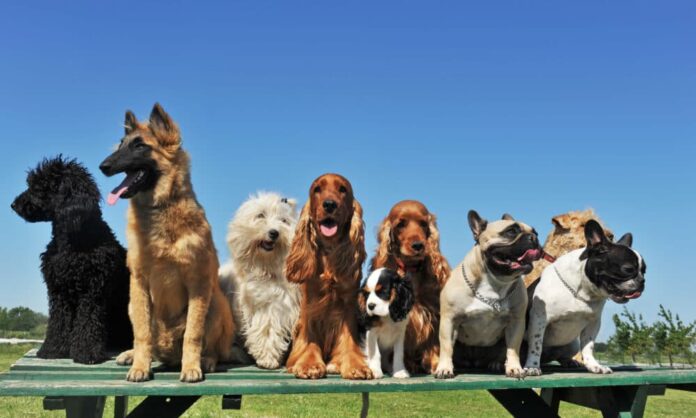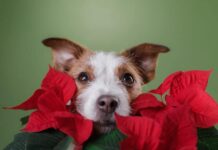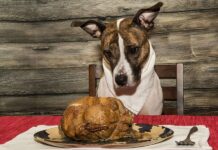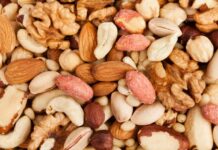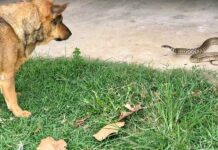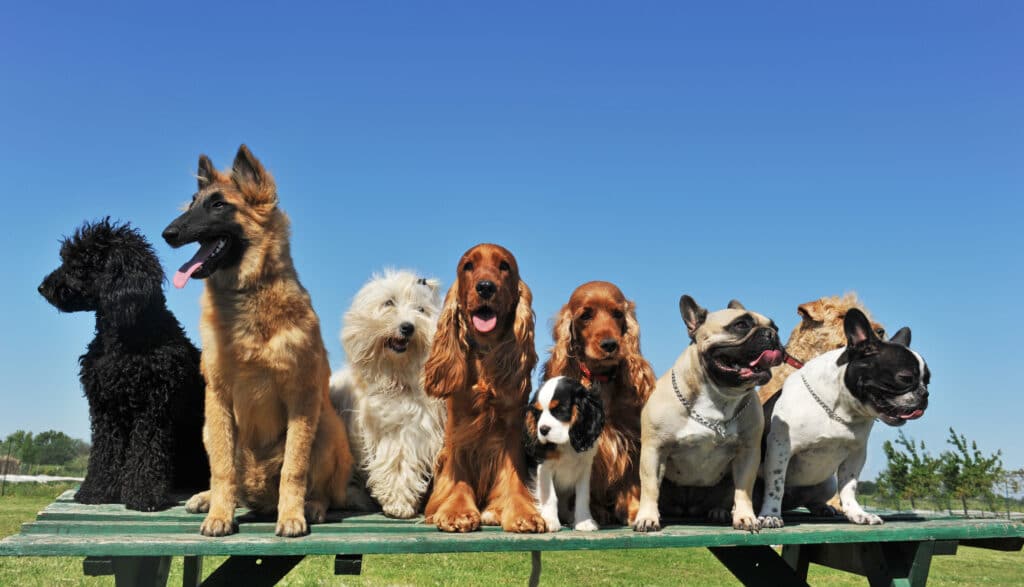
Understanding Dog Coat Types and Their Grooming Needs
Dogs are not only varied in shapes and sizes but also in coat types, which are crucial identifiers for any breed. Recognizing and knowing how to groom your dog’s specific coat type is vital for their health and well-being.
This guide explores the various dog coat types and provides essential grooming tips to help keep your furry friend in great condition.
The Importance of a Dog’s Coat
A dog’s coat is more than just a defining feature; it serves multiple health functions:
- Protection: A healthy coat protects against UV rays, allergens, dirt, and chemicals.
- Insulation: It helps regulate body temperature, keeping dogs warm in winter and cool in summer.
- Immunity: The skin is a protective barrier against infections and harmful bacteria.
- Health Indicator: A shiny, healthy coat usually signifies a healthy dog, while a dull coat can indicate underlying health issues.
10 Dog Coat Types
Each coat type requires specific grooming practices. Let’s dive into the ten primary dog coat types and their grooming needs:
1. Smooth Coat
Characterized by short, shiny hair that lies flat against the body.
Breeds With a Smooth Coat
- Beagle
- Doberman Pinscher
- Greyhound
- Labrador Retriever
- Great Dane
How to Care for a Smooth Coat
- Brush weekly with a bristle brush.
- Bathe once a month, or as needed for active dogs.
2. Medium Coat
This coat is mid-length, providing a balance between short and long coats.
Breeds With a Medium Coat
- Golden Retriever
- Border Collie
- German Shepherd
How to Care for a Medium Coat
- Brush daily to prevent matting.
- Bathe monthly using gentle shampoos.
3. Long Coat
Long coats can reach down to the floor and require significant grooming.
Breeds With a Long Coat
- Bernese Mountain Dog
- Afghan Hound
How to Care for a Long Coat
- Daily brushing is essential to prevent tangles.
- Use detangling shampoos and conditioners during baths.
4. Single Coat
Single-coat dogs lack an undercoat, often performing better in warmer climates.
Breeds With a Single Coat
- Greyhound
- Chihuahua
How to Care for a Single Coat
- Brush regularly to minimize shedding.
- Bathe them about once a month.
5. Double Coat
This coat has an outer layer with a dense undercoat, providing insulation.
Breeds With a Double Coat
- Akita
- Siberian Husky
How to Care for a Double Coat
- Utilize an undercoat rake and slicker brush.
- Expect shedding, particularly during transitioning seasons.
6. Wire Coat
Wire coats are dense and bristly, necessitating unique grooming methods.
Breeds With a Wire Coat
- Jack Russell Terrier
- Kerry Blue Terrier
How to Care for a Wire Coat
- Regularly hand-strip the coat to maintain texture.
- Brush to remove loose hair weekly.
7. Curly Coat
Curly coats are dense and often require extensive grooming to maintain their shape.
Breeds With a Curly Coat
- Poodle
- Bichon Frise
How to Care for a Curly Coat
- Use a slicker brush for tangles.
- Apply conditioner regularly.
8. Corded Coat
A special type of coat that forms natural cords and requires dedicated grooming.
Breeds With a Corded Coat
- Komondor
- Hungarian Puli
How to Care for a Corded Coat
- Help form the cords and avoid mats.
- Don’t brush out the cords.
9. Hairless Coat
Hairless dogs require specific skin care since they lack traditional fur protection.
Breeds With a Hairless Coat
- Chinese Crested Dog
- Xoloitzcuintli
How to Care for a Hairless Coat
- Use gentle shampoos and frequent baths.
- Moisturize and apply sunscreen.
10. Combination Coat
This coat type has a combination of long and short hair across different areas of the body.
Breeds With a Combination Coat
- Cocker Spaniel
- Golden Retriever
How to Care for a Combination Coat
- Brush weekly or even daily, depending on activity level.
- Trim longer areas as needed.
Conclusion
Understanding various dog coat types and their grooming needs is essential for all dog owners. Proper grooming ensures your dog remains healthy and happy. Invest time in learning about your dog’s specific coat type and use the right tools and techniques for optimal care.


